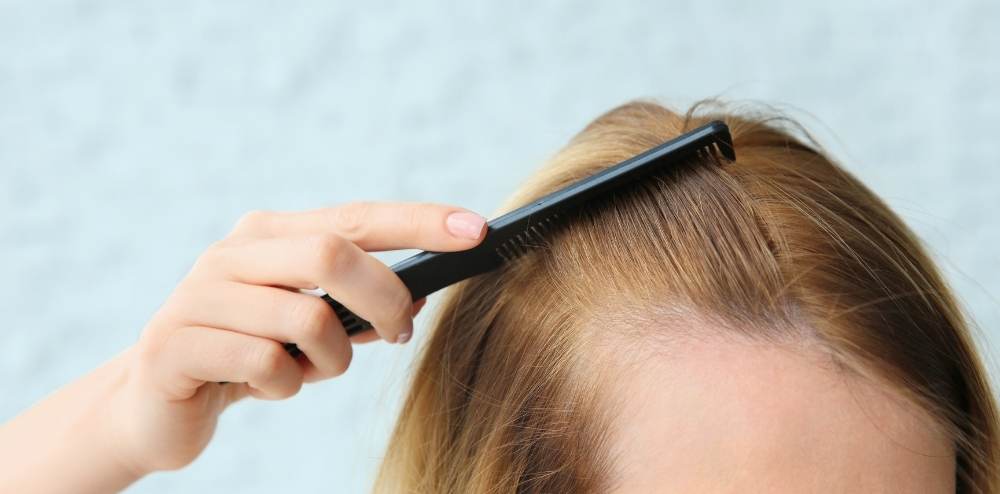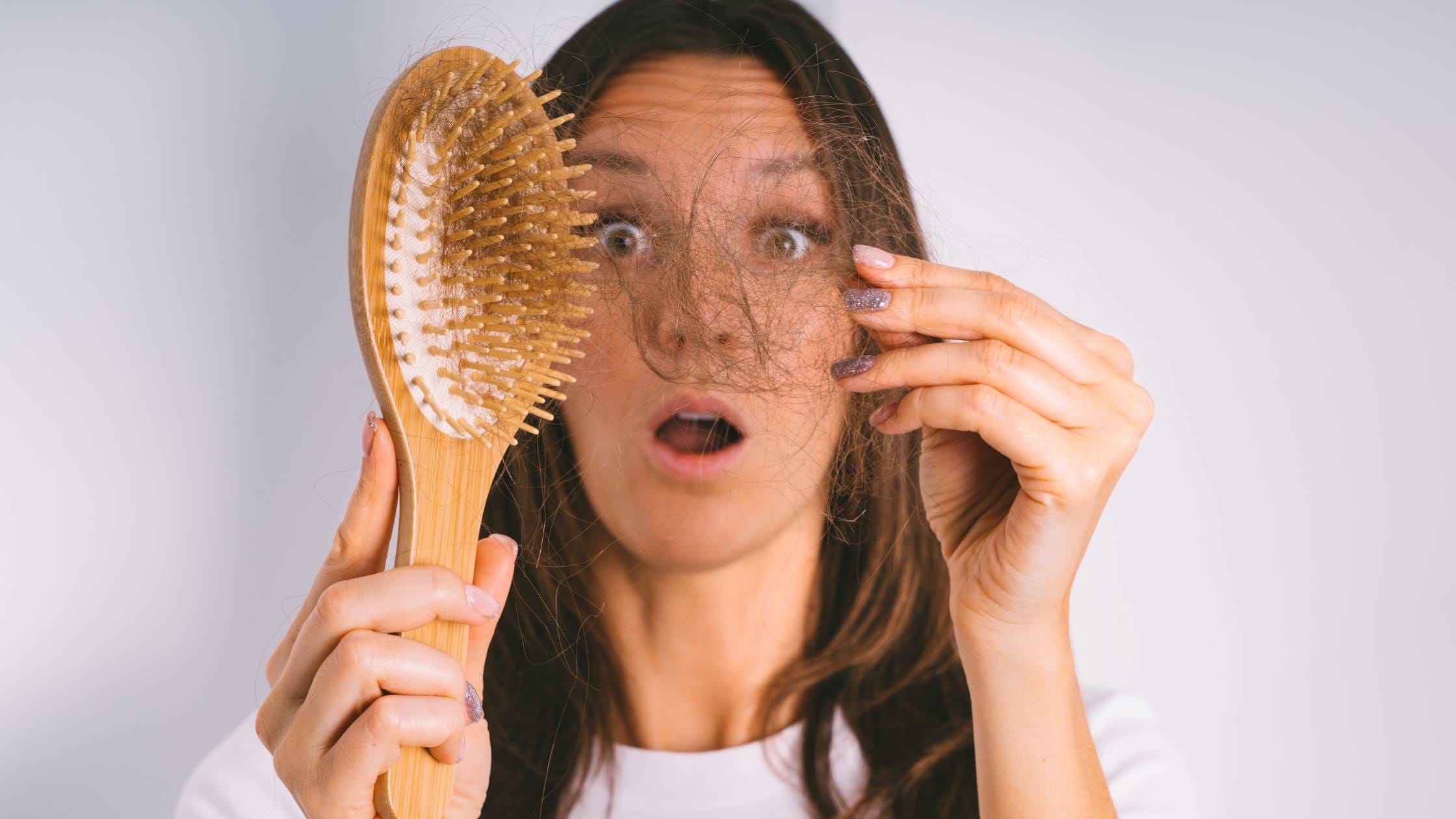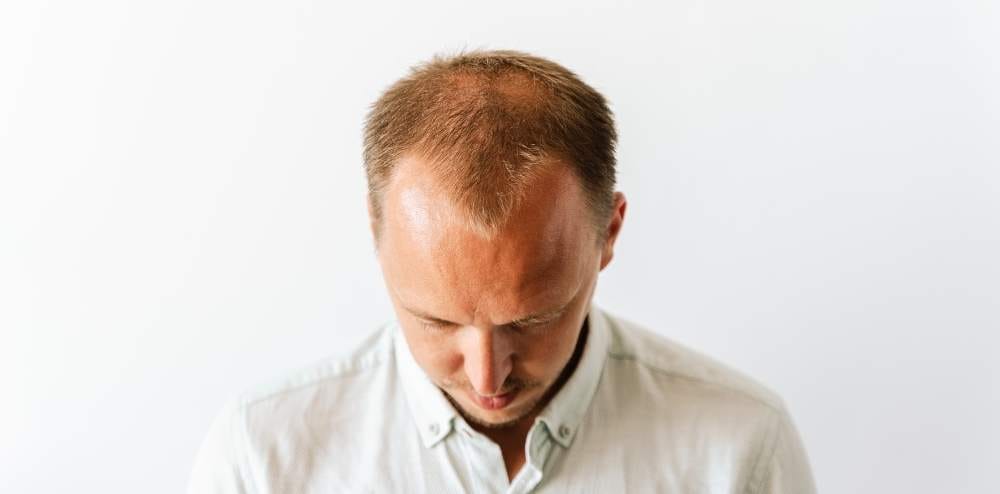Hair loss affects millions of women around the world, both in terms of thinning hair and actual baldness. However, the issue of hair transplantation in women is still less talked about, so there are many misconceptions about it, and the patients suffer from stigma. Indeed, hair restoration surgeries are often a lifesaver for women who complain about hair loss, and it is high time to discuss this problem openly and without prejudice.
Understanding Female Hair Loss
There are many causes of hair loss in women, such as hereditary hair loss, hormonal changes, stress, and diseases like alopecia. Also, female pattern baldness is not as distinct as male pattern baldness, which can be easily predicted; hair loss is usually distributed over the scalp. This can make it rather difficult to diagnose and, for most women, a cause of great mental anguish.
Hair has always been associated with womanliness and self-assurance, and that is why the absence of hair can be a terrible loss. It is for this reason that most women endure their pains since they are afraid and shy to seek assistance. Though earlier only men could think of going for a hair transplant, now the techniques have evolved, and a hair transplant operation has become quite safe for women, giving them a good and natural hairline along with their lost confidence.
That is how hair transplants work for women; the above processes show how they are done.
Follicular transplants for women are similar to those for men. They are a surgical process in which hair-bearing follicles are removed from areas of dense hair growth (the donor area is usually on the back or side of the scalp) and implanted in the recipient area, which is the area experiencing thinning or baldness. The most popular methods are FUE and DHI, which involve the removal of individual hair follicles.
Another finding concerns diagnosis and planning as critical factors in the success of female hair transplants. It is, therefore, very important to take a more personal approach since women’s and men’s hair loss mechanisms are not the same. It is advisable to seek a professional hair restoration surgeon who is knowledgeable about the differences in hair restoration in women.
Breaking the Stigma
One should always remember that hair loss is a real illness, not a defect or a sign of inadequacy. As women seek treatment for other ailments, hair loss treatment should not be looked at as negative but as a way to get better. It might not shock many, but hearing from some of the women who have undergone hair transplantation might go a long way in changing such perceptions.
Thus, debunking the myths can help women regain the right to navigate the hair loss experience on their own terms. Whether it be hair transplants, treatment for alopecia or any other reason for using a hair system, the desire is to make them women feel like women again.
It is not a secret that hair transplants are not exclusive to men, and it is high time women learned about the potential that contemporary hair restoration provides.



